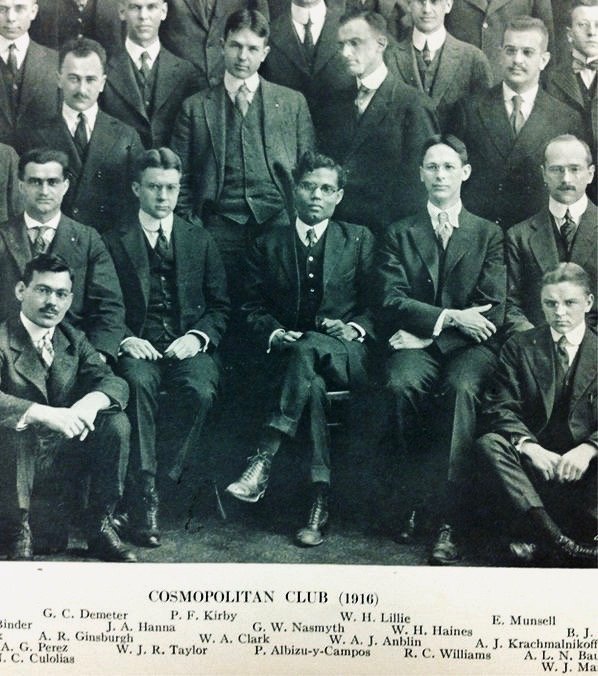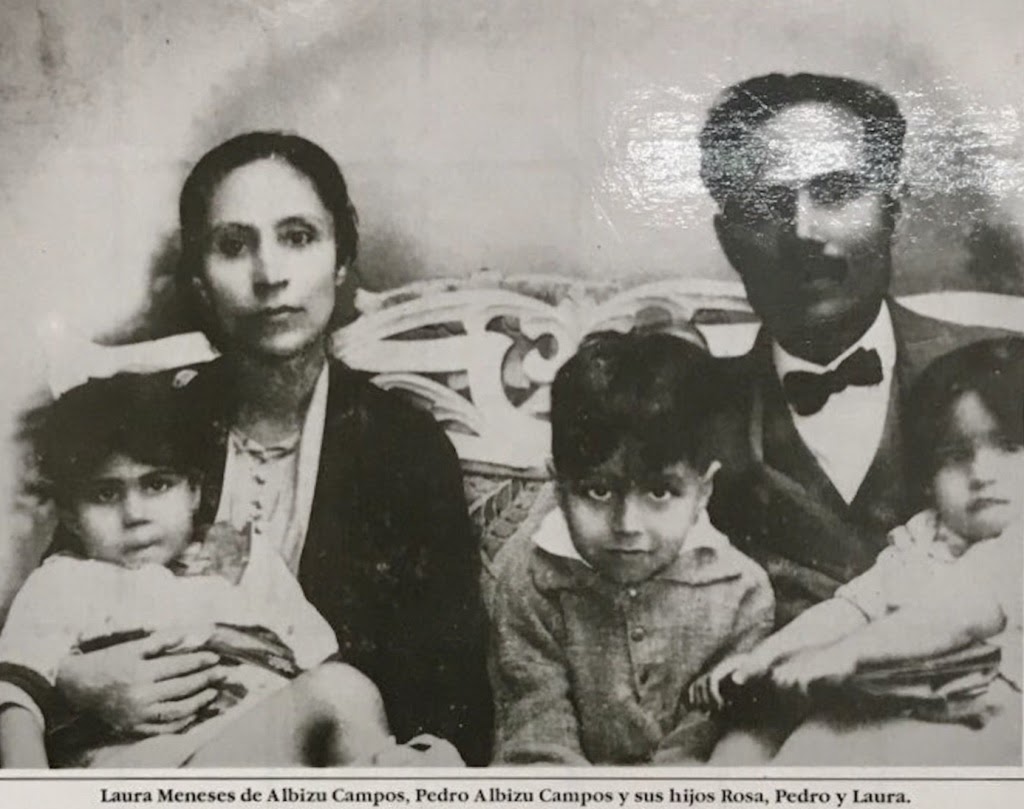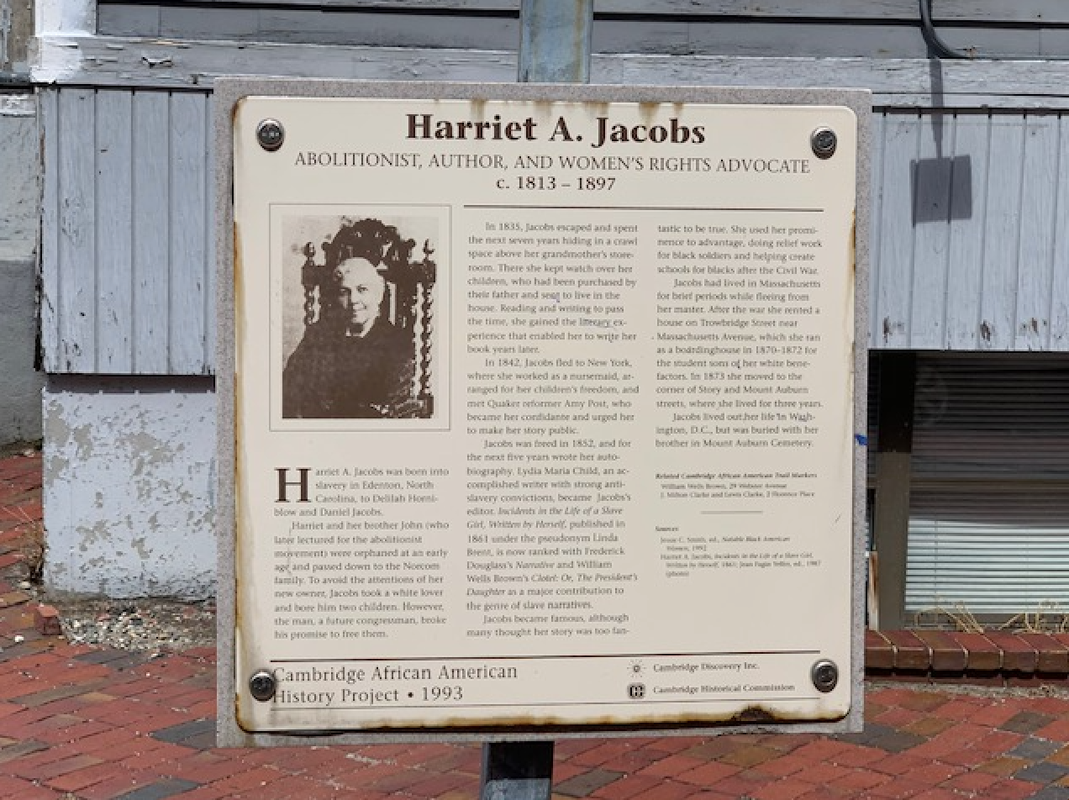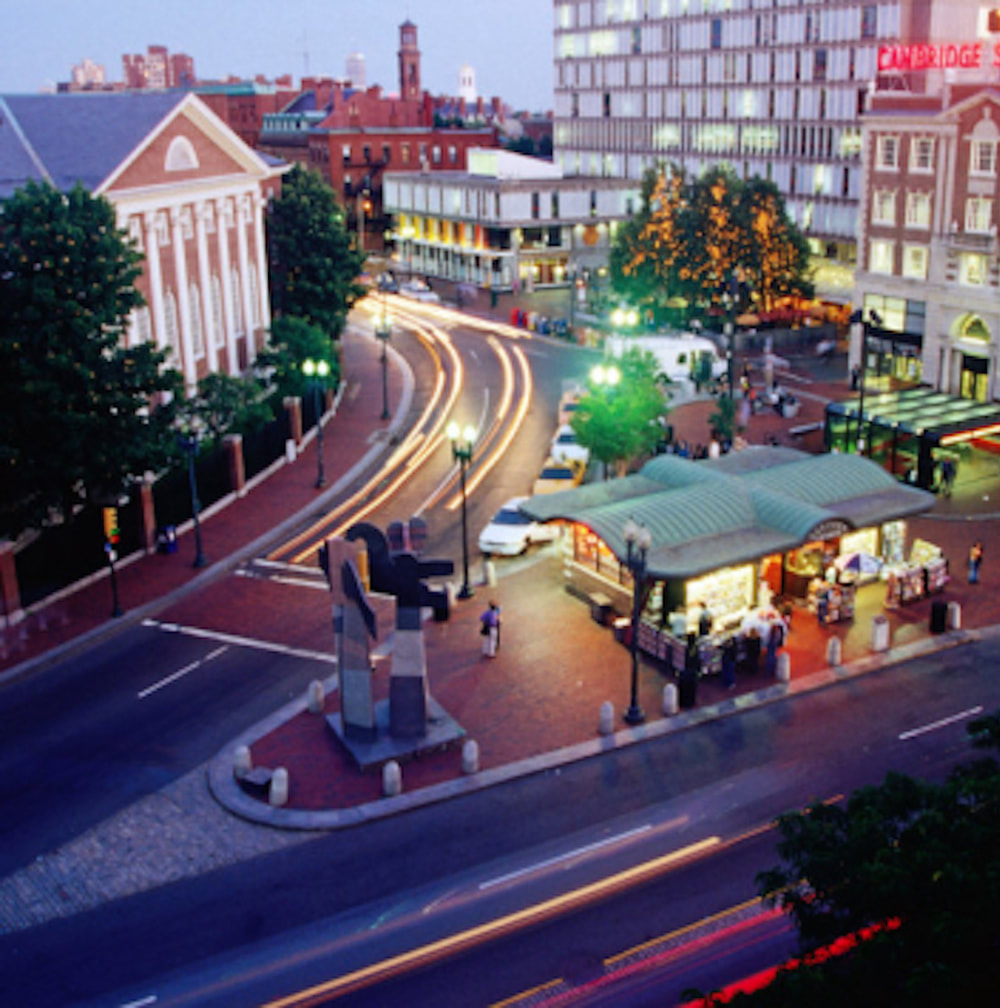|
The murder of George Floyd is both unbearable to watch and overwhelming when you add up all the names and look back back at the entire history. What can one person do?
Some of us are old enough to have seen on television the Rodney King beating of March 3, 1991, which at the time was captured by amateur videographer George Holliday on his camcorder from his apartment. That was before the web was born circa 1994. As technology evolved, cheaper and more accessible means to document abuse and violence allowed anyone to capture and publish racial violence with a combination of tools like Twitter, Facebook Live and smartphones equipped with cameras. Racial violence and discrimination however have always been part of the American landscape, only now it is becoming widely exposed and the evidence is overwhelming throughout society and all aspects of life. It goes beyond excessive use of police force: because of the color of your skin you are less likely to access a good education, more likely to be victim of illnesses related to poverty and bad medical care, more likely to have someone call the police because you look “suspicious”. We stand in solidarity with Black, Brown and Indigenous people whether of African, Asian, Latino/a, or other descent who have endured so much for so long whether ancestors were brought in as slaves, whether their land was taken over or whether they came to build a better future for their families, often to escape violence. We pledge to not be bystanders if we witness racism, we pledge to work for peace and for a shift to a more just and equitable society for all ethnic and racial backgrounds.. As a small local organization we believe in the power of “local” and will do everything possible to help make our City of Cambridge a safe place to live or visit for people of color, a place where awareness of racism – and how it affects so many – happens . We believe in a society that honors, celebrates, and values everyone regardless of their skin color.
2 Comments
Photo of Pedro Albizu y Campos during his student days, when he lived in and around Harvard Square, including at 34 Mt. Auburn Street in 1917. by Brad Bellows Pedro Albizu y Campos, who would go on to be a major anti-colonial activist and leader of the movement for Puerto Rican independence, arrived in Cambridge in 1913 as an impoverished student. Over the next seven years the city would shape him and set him on his revolutionary path. Born a citizen of Spain in the shanty town of Mochuela Abajo, on the outskirts of Ponce, Puerto Rico to an unmarried and illiterate daughter of slaves, unrecognized by his father, he was orphaned at four and raised by an aunt. At the age of seven, he watched U.S. troops march into Ponce, taking possession of his homeland. Despite these challenges, he was a brilliant student, and earned a scholarship to study chemistry at the University of Vermont. After a year in Burlington, Albizu Campos transferred to Harvard and joined the Class of 1916 as a sophomore, where he stood out as a rare, perhaps the only, person of color in his class, and for his intellect – he was a polymath who spoke 8 languages, equally comfortable in engineering, philosophy and literature. He was active in the Catholic Students’ Association and lived across the street from St. Paul’s Church, at 34 Mt. Auburn Street, and later at 32 Gorham Street. He was elected president of the Cosmopolitan Club and spoke on international affairs at events around Cambridge. He supported himself at Harvard by translating, tutoring, and mowing lawns. Upon graduation in 1916 he went on to Harvard Law School. His studies there were interrupted by service in the U.S. Army during WWI in the all-black 375th Regiment. Upon his return to Cambridge in 1919 he became increasingly active in anti-colonial campaigns in Ireland and India. He began working with the Irish Republican leader Éamon de Valera, spoke eloquently in support of Irish independence, and consulted on the drafting of the Irish Constitution. In January 1921 he attended a lecture at Harvard by the Indian poet and Nobel laureate Rabindranath Tagore, who had notably renounced his British knighthood two years earlier following the massacre of 400 unarmed Indian civilians by British troops. Also in attendance that evening was a Radcliffe student, Laura Meneses del Caprio, a biologist from Peru who was one of the very few Latinx students at Radcliffe and like Albizu y Campos, academically precocious. Before moving to Cambridge she had earned a doctorate in Biology at San Marco University in Lima. They married the following year. 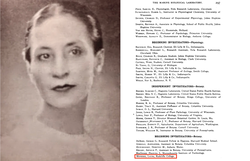 Laura Meneses del Caprio, Peruvian Biologist and Radcliffe College Student In Cambridge, Albizxu y Campos’ many accomplishments and friendships notwithstanding, he did not entirely escape the double stigma of poverty and racism. Based on his GPA he would have been valedictorian of his Law School class, but for the intervention of professors who averted that embarrassment by delaying two examinations. Nonetheless, he was offered prestigious positions upon graduation, including a State Department appointment and a Supreme Court clerkship, but he and Laura chose the more difficult path of going back to Ponce to try to ameliorate conditions there.  Harvard College Class of 1916 with Albizu y Campos possibly at the far left. Fifteen years later, in 1937, Albizu y Campos returned to Boston under very different circumstances, having been convicted of seditious conspiracy by a corrupt colonial administration for his advocacy of Puerto Rican independence following police massacres and escalating political violence. His appeal was heard and denied in the First Circuit court in Boston and he subsequently endured more than twenty years in prison, where he was subjected to radiation experiments without consent. His case attracted global attention. W.E.B. Du Bois was among his supporters. Meneses, Pedro Albizu y Campos and their three young children, probably taken just prior to Albizu's long incarceration. for sedition. Pedro Albizy y Campos died in 1965 at the age of 73 and to this day is venerated in Puerto Rico for his self-sacrifice and principled resistance to the exploitation of his native land, where three million nominal U.S. citizens – a population greater than 21 U.S. states - still cannot vote in Federal elections. 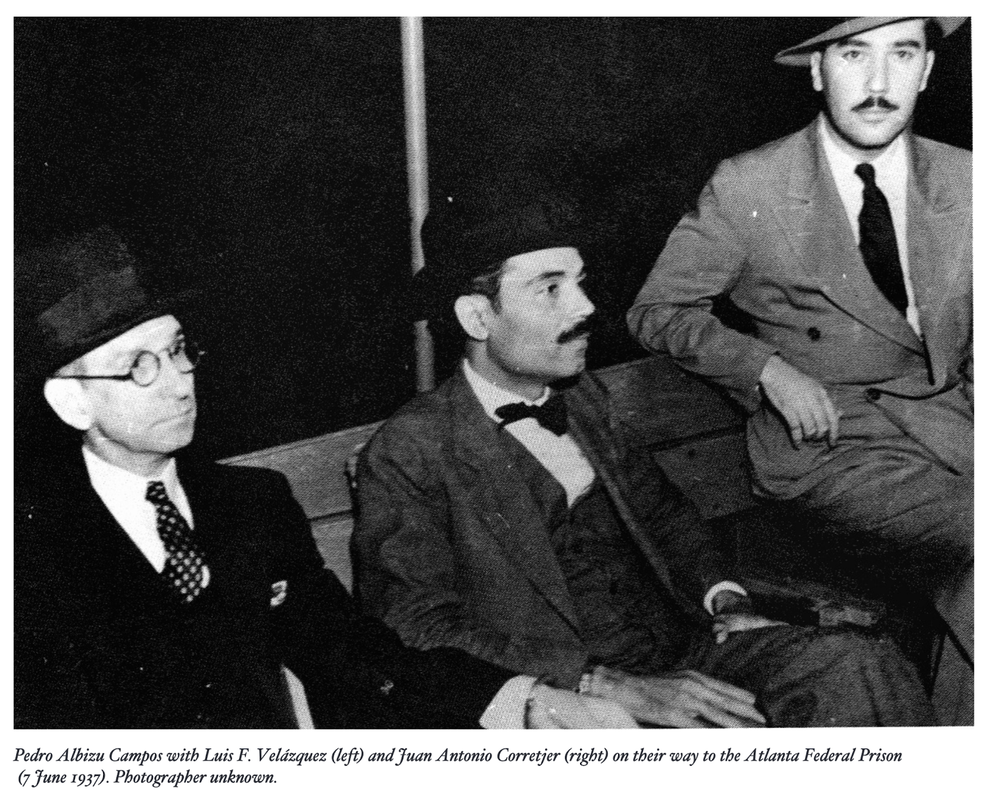 Albizu Campos enroute to Federal Prison: 6 June 1937
For more photos go to: photos.app.goo.gl/16ST11EWfnMr667H9 Further reading: • "Our Race Today [Is] the Only Hope for the World": An African Spaniard as Chieftain of the Struggle against "Sugar Slavery" in Puerto Rico, 1926-1934, by Kelvin Santiago-Valles, Caribbean Studies, Vol. 35, No. 1 (Jan. - Jun., 2007), pp. 107-140 Published by: Institute of Caribbean Studies, UPR, Rio Piedras Campus https://www-jstor-org.camproxy.minlib.net/stable/pdf/25613093.pdf • Colonial memory and the crime of rhetoric: Pedro Albizy Campos. by Victor Villanueva, College English, Vol. 71, No. 6, (July 2009), pp. 630-638, Published by: National Council of Teachers of English https://www.jstor.org/stable/25653000 • Albizu Campos: Puerto Rican Revolutionary, by Federico Ribes Tovar, Plus Ultra Educational Publishers, New York, 1971 http://freedomarchives.org/Documents/Finder/DOC29_scans/29.tovar.albizu.campos.1971.pdf Note on Harriet A. Jacobs. by Anita Patterson
Following a City Council resolution to create a Cambridge African American Historical Trail, one of the many luminaries commemorated in Cambridge is the author, abolitionist, and women’s rights advocate Harriet A. Jacobs. Born in 1813 into slavery in Edenton, North Carolina, Jacobs resisted sexual victimization by her master, and had two children, Joseph and Louisa, with Samuel Tredwell Sawyer, a lawyer and congressman. Escaping in 1842 to Brooklyn, New York, Jacobs was reunited with her daughter, and arranged for her son to be sent to her brother, John, in Boston, while she worked as a nanny in the household of the poet and editor, Nathaniel Parker Willis. Learning that her owner was pursuing her, she left her job for Boston in 1844, and four years later joined her brother, a lecturer for the abolitionist movement, in Rochester. There Jacobs worked in the antislavery reading room and bookstore above the offices of Frederick Douglass's newspaper, The North Star and lived for nine months in the home of the feminist and abolitionist Amy Post. In 1852, Jacobs was granted freedom by Cornelia Grinnell Willis, her employer’s second wife. With the aid and encouragement of Post and the novelist Lydia Maria Child, Jacobs wrote and self-published her life story, Incidents in the Life of a Slave Girl: Written by Herself, which appeared under the pseudonym Linda Brent in 1861, and is now acclaimed as one of the great works of the American literary canon. Jacobs and her daughter resided in Cambridge from 1869 to 1877, first at 10 Trowbridge Street and then at 127 Mount Auburn Street, and her brother, John, moved to 11 Brewer Street in 1873 and died later that year. There was strong, active support of the struggle for Civil Rights and women’s suffrage in Cambridge, which was home to prominent African Americans including to William Wells Brown, Lunsford Lane, and John Milton Clarke, Cambridge’s first black councilman, who had all, like Jacobs and her brother, written and published slave narratives. Jacobs died in Washington, D. C., in 1897, and is buried in Mt Auburn Cemetery next to her brother. As Jean Fagan Yellin, her biographer, has written, “Incidents is…a work of American genius, and Harriet Jacobs’s life is, in Emerson’s sense, a representative life.” (xxi) Suggested further reading: William L. Andrews, To Tell a Free Story (1986); Hazel V. Carby, Reconstructing Womanhood (1987); Joanne M. Braxton, Black Women Writing Autobiography (1989); Dana D. Nelson, The Word in Black and White (1992); Carla L. Peterson, "Doers of the Word" African-American Women Speakers and Writers in the North (1830-1880) (1995); Deborah Garfield and Rafia Zafar, eds. Harriet Jacobs and Incidents in the Life of a Slave Girl: New Critical Essays (1996); and Jean Fagan Yellin, Harriet Jacobs: A Life (2004). Author, Anita Patterson is a Board Member of the Harvard Square Neighborhood Association and a Professor of English at Boston University where her research focuses on American literature, modernism, and black poetry of the Americas, and my approach, which emphasizes transnational and intercultural dialogue. Her many publications include From Emerson to King: Democracy, Race, and the Politics of Protest (Oxford University Press, 1997). Plans for the new Chan Theatre are being discussed by the Cambridge Historical Commission on November 21 at 6 PM in the Sullivan Room at City Council at 795 Broadway.
Review the full plans here: https://www.cambridgema.gov/~/media/Files/historicalcommission/pdf/chcmeetingfiles/case3987_plans_10Church.pdf?la=en |



